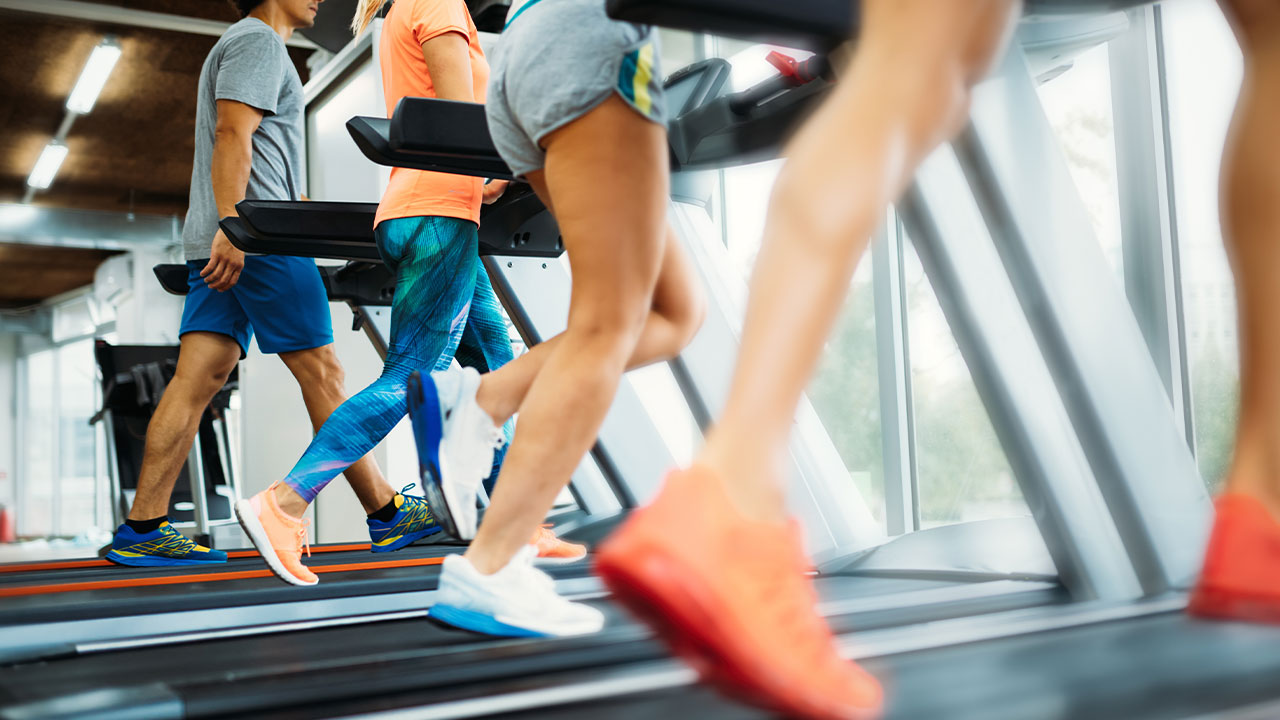Upgrading your Walking with Stride Modifications

Hey Angels and Alphas,
As we know, whether you do it for weight loss or not, walking is perhaps one of the most basic human movements. After all, it’s one of the most primary motor skills we learn, and we all know that walking more or at least getting our daily 10,000 steps is vital for optimal health.
But walking is much more than putting one foot in front of the other. Even with such a basic movement pattern like walking, there are ways you can improve so you can make your walking routine more efficient, and ultimately, better for your fitness goals.
Today, we’re going to look at what you should know about your stride – meaning every single footfall on the ground – and how you can make it much smoother on your walk while, at the same time, boosting your health and fitness.
START WITH A FOCUS ON SMOOTH, QUIET STEPS
Researchers have found that, with every single step you take, the impact of your foot on the ground will send pressure waves up and through your arteries, basically increasing the supply of blood to your brain. And that’s healthy for your entire body. But you don’t have to be stomping around to get these touted brain benefits.
In fact, experts agree that the most important aspect of finding your best stride is to focus on quiet and smooth steps. Not stomping, not bouncing. Repeat that mantra of “quiet and smooth” in your head as you’re walking, even if you’re someone who has been told you have to have a loud footfall.
Walking like this is way more efficient, and it will decrease your risk of injury. It will also help make you quicker on your feet at a usual walking pace.
LEARN WHEN (AND HOW) TO SPEED UP YOUR STRIDE
On the note of fast walking, you may find that a smoother stride comes when you speed up your stride (without making it too fast.) A good goal to aim in a brisk walking routine is about 100 strides every minute. You may need to work your way up to achieve this, especially if you’re new to walking for fitness or you’ve just recently recovered from an injury.
Even at a moderate pace, studies have found that walking more briskly will actually decrease your risk of “all-cause mortality” by up to 20 percent when compared to a slow shuffle. Brisk walking paces are surprisingly way more beneficial than all-out intense runs when it comes to your risk of high blood pressure and high cholesterol. This is what a study of more than 45,000 runners and walkers around the world found in 2013.
LEARN THE HEEL-TO-TOE STEP
Aside from great apes and bears, humans are pretty much the only animal who uses the heel-to-toe foot striking when they walk. It turns out it’s actually much more efficient than trying to talk on your toes or on the balls of your feet… specifically around 80 percent more efficient.
However, if you’re wearing heels for the majority of the day, you will be less likely to feel the “heel-toe” way of stepping. That being said, walking around your house barefoot (or in socks) instead of slippers can help your foot muscles “wake up” and adjust to heel-to-toe stepping.
MIXING IT UP
Various movement and biomechanics experts around the world have long talked about the nuances of adjusting your stride. For example, as people get older or they become more sedentary, they will naturally lose the ability to take longer strides and they will end up with this small-step gait.
But your goal, especially if you have a walking routine targeted toward weight loss or another health goal, should be to vary your steps by elongating your stride slightly, picking up the pace, or moving from side to side easily as you navigate the obstacles in your way.
In general, if you’re doing full-body mobility work, this will naturally translate to varying your stride and the small movements and mobility exercises you do will go a long way toward improving your performance during your walking routine. As you begin to mobilize more and more parts of your body, it will be much easier for you to reach and adjust for various strides, improving your body’s ability to walk over all sorts of terrain.
And remember – your stride isn’t just about your feet and legs. It’s also about your torso, your arms, your head, and your entire body – they all play in role in how well you walk. Take the first few minutes of your walking workout so you can stretch and then head on over to do your walk. Make simple dynamic moves including lunges (on all sides) and squats. Consider varying your pace, find ups and downs along your path, or simply step off the curb and walk on grass on a median instead of always sticking to the sidewalk.





